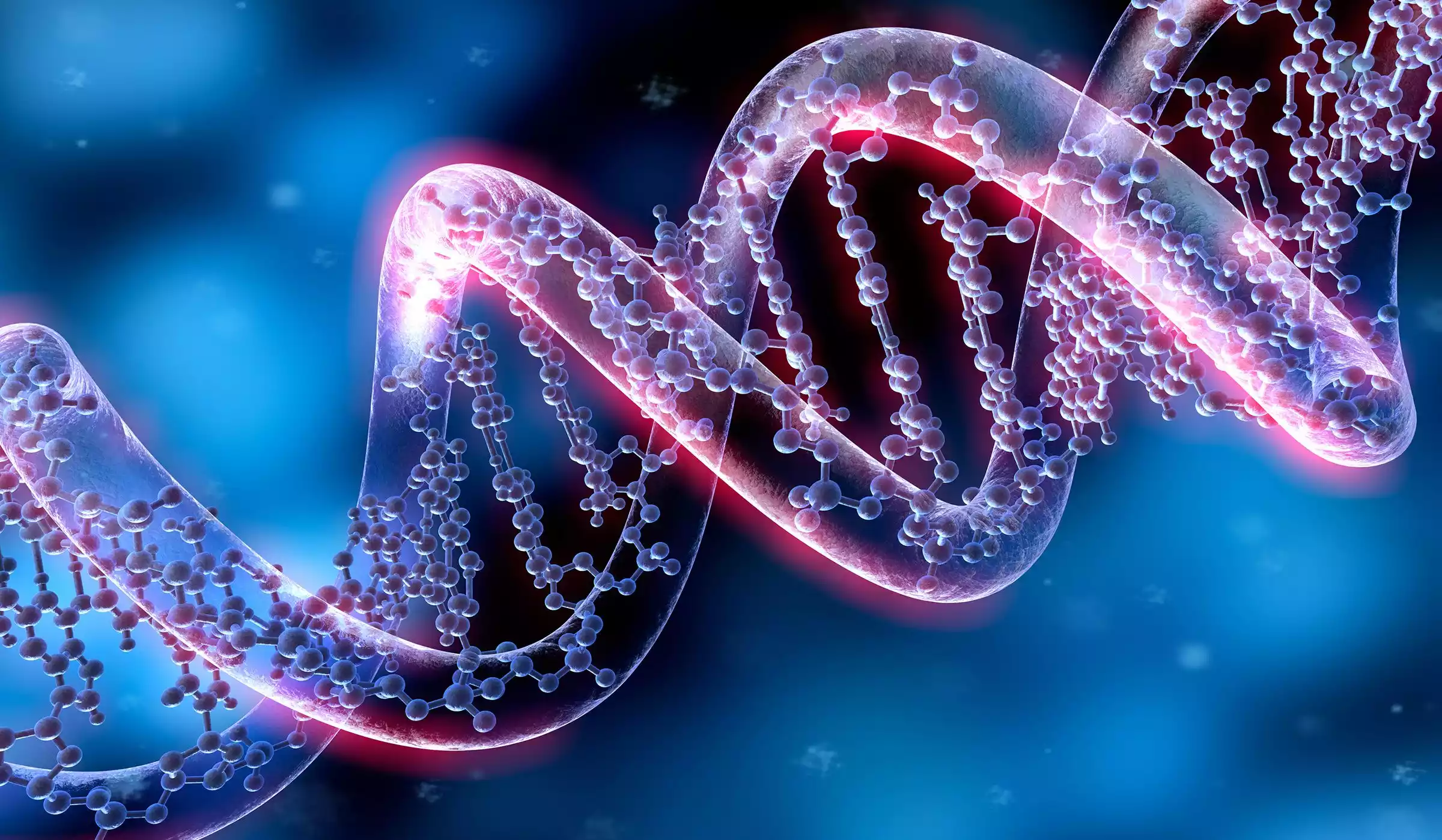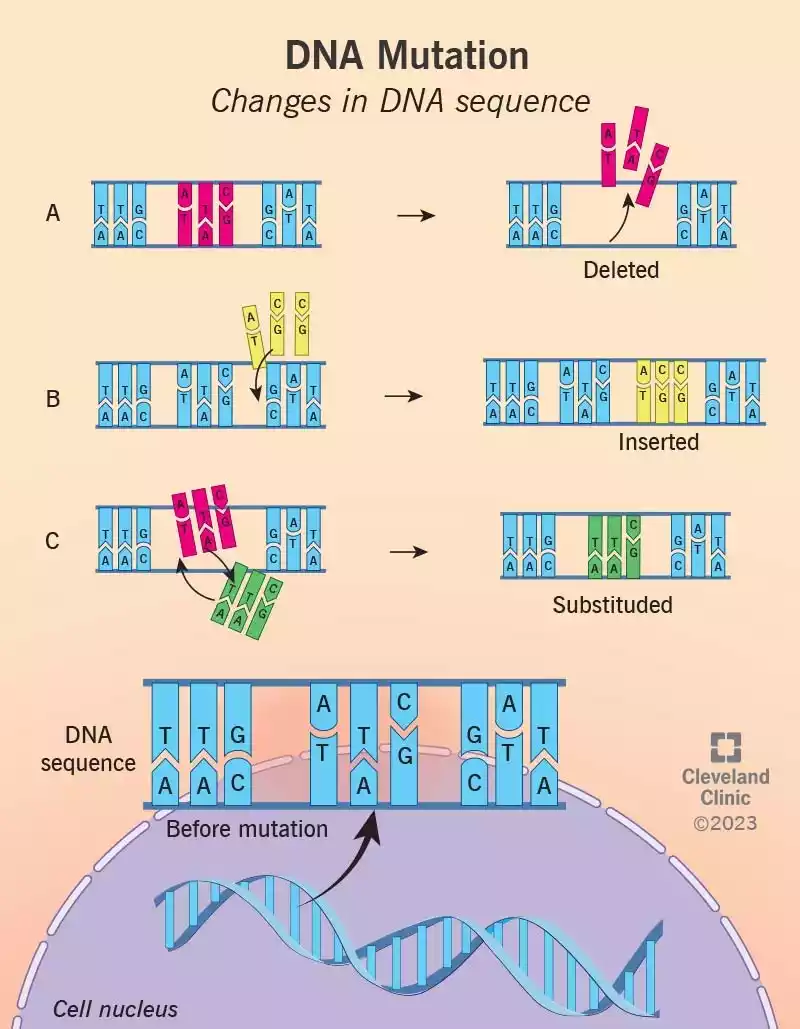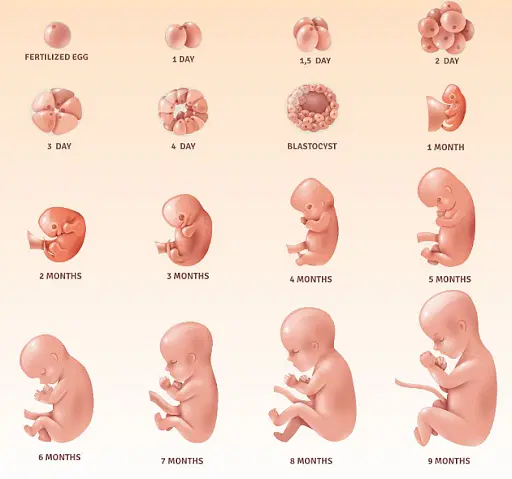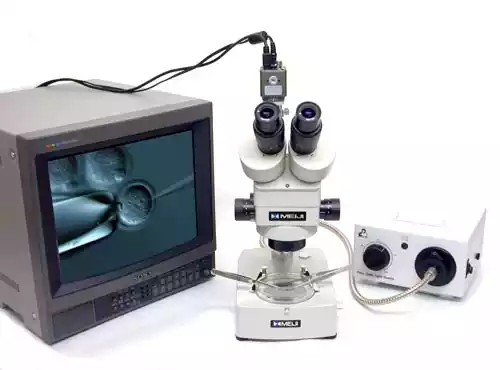Biology is a rich tapestry of interconnected disciplines. which unfolds the mysteries of life itself. Among the various disciplines, Genetics and Embryology stand as pillars of understanding. Each highlights different aspects of life’s complexity. In this article, we will explore the complex world of genetics and embryology. I will explore their differences, significance, and how they collectively contribute to our understanding of the complexity of life.
Importance of Genetics
Genetics is most important because it is how traits and characteristics are inherited and expressed in living organisms. Based on our basic understanding of that. This field of science plays an important role in many aspects of our lives, from healthcare and medicine to agriculture and conservation.
A means of unraveling the complexities of the genetic information encoded within DNA. Genetics enables us to diagnose and treat genetic diseases, develop targeted therapies, and increase crop yields through selective breeding. It sheds light on our evolutionary history.
And enables us to explore the genetic diversity of life on Earth. In essence, genetics not only informs our understanding of biology. But it also has profound implications for improving human health and the sustainable stewardship of our planet’s biodiversity.
Importance of Embryology
Embryology has immense significance in our quest to understand the mysteries of the origin of life and the development of organisms. This field of study provides an important foundation for various scientific disciplines, including medicine, evolutionary biology, and reproductive technology. Investigates complications of fetal development.
Researchers and healthcare professionals can better understand and address birth defects, infertility, and prenatal conditions. Embryology provides insight into the evolutionary history of species. Uncovering the connections between different life forms.
It plays an important role in reproductive medicine. Assists with in vitro fertilization (IVF) techniques and assisted reproductive technologies. So, embryology not only increases our understanding of the early stages of life. Rather, it has practical applications in improving human health and advancing our knowledge of the natural world.
What is Genetics?
Genetics is the scientific study of genes and heredity. Focuses on the processes by which traits and characteristics are transferred from one generation to the next. At its core, genetics explores the role of DNA. The genetic material that carries the instructions for the construction and operation of living organisms.

This field deals with the structure and function of genes and sequences of nucleotides that code for specific proteins and determine the characteristics of an organism. Genetics refers to the pattern of inheritance. Genetic mutations and how genes determine a person’s characteristics. And also investigates how the environment interacts to influence susceptibility to disease.
It has far-reaching applications in fields such as medicine, agriculture, and evolutionary biology. which provide insights into everything from disease prevention to selective breeding of crops and animals. Genetics plays an important role in unraveling the mysteries of the genetic code of life and its impact on the diversity and function of all organisms.
Genetic mutations
Genetic mutations are alterations or changes that occur in an organism’s DNA sequence. These mutations can affect a single nucleotide base pair (point mutations) or involve larger segments of DNA, including entire genes or chromosomes. Genetic mutations can occur spontaneously due to errors in DNA replication or be induced by external factors such as radiation, chemicals, or certain viruses.

Here are some key points about genetic mutations:
- Types of Mutations:
-
- Point Mutations: These involve the substitution of a single nucleotide base with another. Types of point mutations include:
-
-
- Missense Mutation: A point mutation that results in a change in the amino acid sequence of a protein, potentially affecting its function.
- Nonsense Mutation: A point mutation that leads to the premature termination of protein synthesis, resulting in a nonfunctional protein.
- Silent Mutation: A point mutation that does not change the amino acid sequence because of the redundancy of the genetic code.
-
-
- Insertions and Deletions (Indels): These mutations involve the addition (insertion) or removal (deletion) of one or more nucleotide bases, causing a shift in the reading frame during protein synthesis.
- Chromosomal Mutations: These mutations involve changes in the structure or number of whole chromosomes. Examples include:
-
- Duplication: A section of a chromosome is duplicated, leading to an extra copy of certain genes.
- Deletion: A section of a chromosome is lost, resulting in the loss of specific genes.
- Inversion: A segment of a chromosome is reversed in orientation.
- Translocation: Genetic material is exchanged between non-homologous chromosomes.
- Spontaneous vs. Induced Mutations: Spontaneous mutations occur naturally due to errors in DNA replication or cellular processes. Induced mutations are caused by external factors such as radiation, chemicals, or certain viruses.
- Effects of Mutations: Mutations can have various effects on an organism:
-
- Neutral: Some mutations have no discernible effect on an organism’s phenotype or function.
- Beneficial: Rarely, mutations can result in an advantageous trait that enhances an organism’s survival and reproduction.
- Harmful: Most mutations are detrimental and can lead to genetic disorders or diseases.
- Role in Evolution: Mutations are a primary source of genetic diversity within populations and play a crucial role in the process of evolution by natural selection.
- Detection and Study: Advances in DNA sequencing technology have made it easier to detect and study genetic mutations, aiding in the diagnosis of genetic diseases, cancer research, and understanding the genetic basis of various traits.
Genetic mutations are an essential aspect of genetics and biology, shaping the diversity of life, influencing diseases, and contributing to the ongoing process of evolution.
What is Embryology?
Embryology is a branch of biology that focuses on the study of embryonic development from the initial stages of fertilization to the formation of a complete organism. It examines complex processes and transformations. which is a single fertilized cell that divides and differentiates into complex tissues, organs, and systems. Embryology explores important events in embryogenesis, including gastrulation, organogenesis, and tissue patterning.

Provides insight into how various organisms, including humans, develop from a single fertilized egg into a fully functional individual. This field is essential for understanding birth defects, developmental abnormalities, and species evolution. It also has practical applications in reproductive medicine.
Assists in procedures such as in vitro fertilization (IVF) and contributes to our knowledge of prenatal development and health. Embryology is a fundamental discipline. which shed light on the remarkable journey from a small, undifferentiated cell to a complex, multicellular organism.
Microscopy of Embryology
Microscopy plays a crucial role in the field of embryology by allowing researchers to observe and analyze the development of embryos and their constituent cells and tissues in great detail. Various microscopy techniques are employed to study embryonic development, and each offers specific advantages for different aspects of the research.

Here are some key microscopy techniques used in embryology:
- Light Microscopy: Light microscopy, including bright-field and phase-contrast microscopy, is commonly used to observe embryonic development at the macroscopic level. It allows researchers to track overall embryo growth, tissue organization, and morphological changes over time.
- Fluorescence Microscopy: Fluorescence microscopy is valuable for visualizing specific structures and molecules within developing embryos. Researchers use fluorescent dyes or genetically encoded fluorescent proteins to label and track cells, proteins, or specific cellular structures, providing insights into gene expression patterns and cell behavior during embryogenesis.
- Confocal Microscopy: Confocal microscopy offers improved three-dimensional imaging of embryonic structures. It uses a focused laser to scan the specimen layer by layer, generating optical sections that can be reconstructed into detailed 3D images. This technique is particularly useful for studying complex and dynamic processes in developing embryos.
- Time-Lapse Microscopy: Time-lapse microscopy involves capturing images of developing embryos at regular intervals over time. This technique allows researchers to observe dynamic processes like cell division, cell migration, and tissue morphogenesis as they unfold in real-time, providing insights into the temporal aspects of embryonic development.
- Electron Microscopy: Transmission electron microscopy (TEM) and scanning electron microscopy (SEM) provide ultra-high-resolution imaging of embryonic tissues and cellular structures. TEM allows visualization of subcellular structures, while SEM is used for detailed surface imaging. These techniques are essential for understanding cellular ultrastructure during development.
- Live Imaging: Live imaging techniques, often combined with fluorescence microscopy, enable the observation of live embryos over extended periods. It is especially useful for studying processes like cell migration, cell-cell interactions, and organogenesis in real time.
- Immunohistochemistry: Immunohistochemistry, coupled with microscopy, helps identify specific proteins or antigens within embryonic tissues. This technique is vital for understanding the spatial distribution of proteins and their roles during development.
- Super-Resolution Microscopy: Super-resolution microscopy techniques, such as structured illumination microscopy (SIM) and stochastic optical reconstruction microscopy (STORM), provide enhanced spatial resolution beyond the diffraction limit of traditional light microscopy. These methods enable researchers to visualize subcellular structures and molecular interactions with greater precision.
Microscopy in embryology allows researchers to uncover the intricate processes and structures involved in embryonic development. It aids in identifying genetic and molecular mechanisms, understanding tissue patterning, and investigating the cellular behaviors that shape the formation of organisms. These observations are critical for advancing our knowledge of development and for applications in fields like regenerative medicine and birth defect prevention.
Difference Between Genetics and Embryology
Here’s a comparison chart summarizing the key differences between Genetics and Embryology:
| Aspect | Genetics | Embryology |
|---|---|---|
| Scope | Study of genes, heredity, and DNA. | Study of embryo development and early stages of life. |
| Time Frame | Focuses on traits across generations. | Focuses on early developmental stages. |
| Goals | Understand inheritance and genetic diseases. | Explain embryonic development and birth defects. |
| Primary Concepts | Genes, chromosomes, inheritance patterns. | Fertilization, embryogenesis, organogenesis. |
| Techniques & Tools | DNA analysis, genetic testing. | Microscopy, in vitro fertilization (IVF). |
| Applications | Genetic counseling, personalized medicine. | Reproductive medicine, birth defect prevention. |
| Overlapping Concepts | Some genetic concepts are relevant. | Biological sciences, medical relevance. |
While both Genetics and Embryology contribute to our understanding of biology, they have distinct focuses and applications, with Genetics centered on genes and heredity, and Embryology focused on the development of embryos.
Similarities Between Genetics and Embryology
Despite their distinct focuses, genetics and embryology share some similarities as branches of biology.
Here are some commonalities between genetics and embryology:
- Biological Sciences: Both genetics and embryology are integral parts of the broader biological sciences, contributing to our understanding of life, organisms, and their development.
- Interdisciplinary Nature: Both fields often involve interdisciplinary approaches, drawing on principles from biology, chemistry, molecular biology, and other related disciplines.
- Medical Relevance: Genetics and embryology have significant medical relevance. They provide insights into genetic disorders, birth defects, and reproductive medicine, which are critical for healthcare and medical advancements.
- Developmental Biology: Embryology is a subset of developmental biology, and genetics plays a vital role in understanding the genetic regulation of development. Together, they contribute to the study of how organisms grow and develop.
- Genetic Basis of Development: Embryology frequently incorporates genetic principles to explain how genes and genetic factors influence embryonic development. Understanding the genetics of development is crucial for a comprehensive understanding of embryology.
- Evolutionary Biology: Both fields contribute to the study of evolutionary biology. Genetics helps trace evolutionary relationships by analyzing genetic variations, while embryology reveals similarities and differences in developmental processes among species.
- Clinical Applications: Genetics and embryology are used in clinical settings. Genetic information is vital for genetic counseling, while embryological knowledge is applied in reproductive medicine and the diagnosis of birth defects.
- Molecular Biology: Genetics often delves into the molecular mechanisms underlying gene expression, while embryology studies how these mechanisms manifest during development. This intersection highlights the relationship between genetics and embryology at the molecular level.
- Research Techniques: Both fields employ advanced research techniques, including microscopy, molecular biology tools, and genetic analysis methods, to investigate and understand biological processes.
- Focus on Heredity: While embryology primarily focuses on development, there is some overlap with genetics when examining the hereditary aspects of embryonic development, especially in the context of traits inherited from one generation to the next.
Genetics and embryology, despite their distinct areas of emphasis, are interconnected disciplines within biology that share common objectives, techniques, and applications. Their collaboration has led to a deeper understanding of the genetic and developmental aspects of life and has contributed to advances in healthcare, evolution, and our broader knowledge of the natural world.
Conclusion
Genetics and Embryology are two distinct yet interconnected branches of biology. Genetics unravels the secrets of our genes and hereditary traits, while embryology takes us on a journey from conception to birth, revealing the wonders of development.
Both fields have far-reaching implications, from medical applications to fundamental insights into the complexity of life itself. By understanding the difference between genetics and embryology, we can appreciate the unique contributions each makes to our understanding of the world around us.

